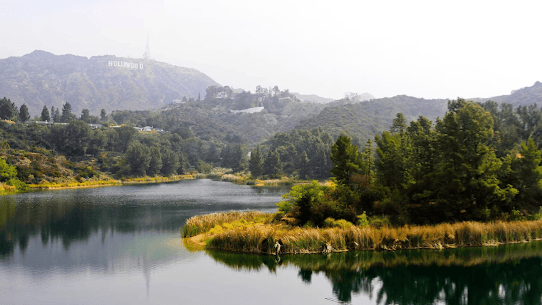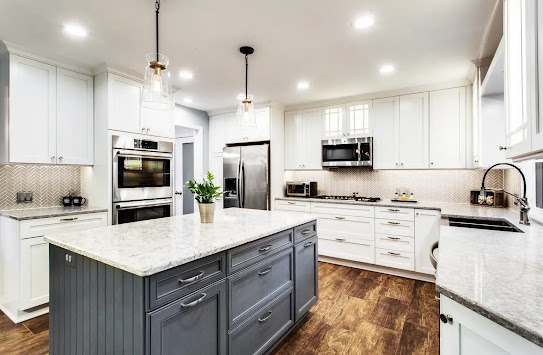The Architectural Wonders of Pasadena
Nestled in the heart of Southern California, Pasadena is a city known for its vibrant cultural scene, beautiful natural landscapes, and rich architectural heritage. From Craftsman to Modernist, Beaux-Arts to Spanish Colonial Revival, Pasadena’s architectural wonders offer a visual feast for the eyes and a journey through the city’s storied history. Let’s explore some incredible structures that make Pasadena a must-visit for architecture aficionados.
The Gamble House
One of the city’s most iconic architectural gems is the Gamble House. Built-in 1908, this National Historic Landmark is one of the finest examples of American Arts and Crafts style architecture. Designed by the Greene & Greene architectural firm, the Gamble House embodies the elegance and simplicity of this style with its exposed wooden structural elements, natural materials, and harmonious integration with the surrounding landscape.
Colorado Street Bridge
Standing tall over the Arroyo Seco, the Colorado Street Bridge is an engineering marvel and a historic icon of Pasadena. Built-in 1913, the concrete arch bridge features a distinct Beaux-Arts style. Its graceful arches and ornamental lampposts make it one of the city’s most photographed structures and a symbol of Pasadena’s grandeur.
City Hall
Built in 1927, the Pasadena City Hall is an impressive monument of the City Beautiful movement. Featuring a blend of Mediterranean Revival and Spanish Colonial Revival styles, the City Hall is a sight with its majestic dome, elaborate detailing, and beautiful courtyard. The stunning edifice symbolizes the city’s commitment to architectural elegance and civic pride.
Norton Simon Museum
Originally built in 1969 and renovated in the mid-90s, the Norton Simon Museum is a modern architectural marvel. The museum’s sleek lines, minimalist aesthetic, and the tranquil pond at the building’s front offer a contrasting backdrop to the rich collection of European and Asian art it houses.
Castle Green
Castle Green is another one of Pasadena’s architectural wonders. Built-in 1898 as an annex to the lavish Hotel Green, Castle Green exemplifies Moorish Colonial and Spanish-style architecture. The building seems straight out of a fairy tale with its turrets, arches, and balconies. It adds a touch of whimsy to Pasadena’s architectural landscape.
The Bungalow Heaven District
To glimpse Pasadena’s residential architecture, visiting the Bungalow Heaven District is a must. This neighborhood is known for its charming craftsman-style homes built in the early 20th century. The well-preserved bungalows, set amidst leafy streets and quaint gardens, reflect Pasadena’s commitment to architectural preservation and community aesthetics.
The Architectural Wonders of Pasadena
A City of Architectural Splendor
The architectural wonders of Pasadena are a testament to the city’s rich history, diverse cultural influences, and commitment to aesthetic excellence.
Conclusion:
Whether you’re an architecture enthusiast or a casual observer, these structures offer an insight into the city’s soul and make Pasadena a destination worth exploring.




Comments
Post a Comment